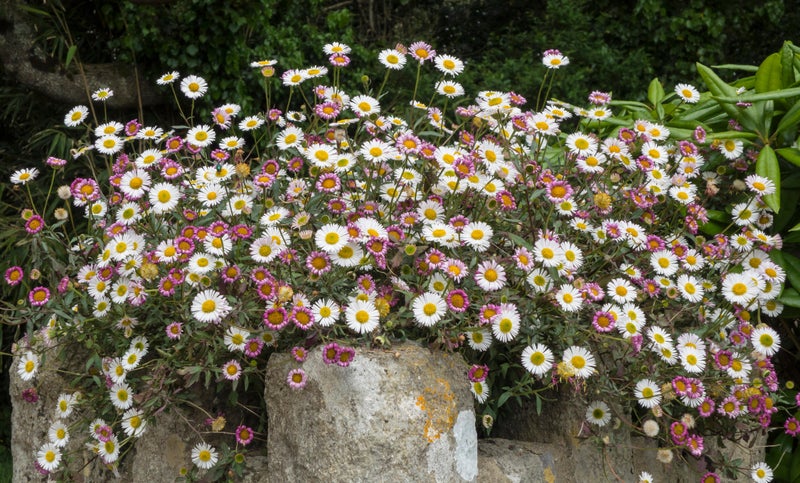Wisteria's crucial winter chop: Show no mercy to this show-stopper and you'll be richly rewarded in spring
Wisteria's crucial winter chop: Show no mercy to this show-stopper and you'll be richly rewarded in spring
Share:
How do you achieve a fabulous display of wisteria on the front of a house or cascading down a pergola in late spring? The winter prune is key, and February is the ideal month to get this done. You should have trimmed any long green stems back to about 30cm in summer. If you didn’t, don’t worry. The winter prune is more important, and the plant has lost its leaves by now, so you can see what you are doing more easily.
Wisteria can climb right up to the top of houses and into gutters, so you may need a ladder to reach it. Always take safety precautions. First remove any dead wood, then cut side shoots back to two or three flowering buds or about 10cm from the main stem, using sharp, clean secateurs. This allows the flowers to be seen in all their glory when they appear in a few months’ time. Make sure the main stems are tied securely into supports.
If you plan to plant wisteria, spring is the best time. Ideally, buy plants when in flower so you can see the colour of the blooms and check the condition of the wood where it has been grafted on to a rootstock. You can plant them in autumn, but you will have to rely on the seller’s description. If impatient for a fine display of flowers, buy a mature plant. TOWERING TALL. Dripping with colour: A cottage at Broadway in the heart of the Cotswolds.
Part of the pea family, wisteria is a climbing legume and can scramble up supports to as high as 20m. By April and May, it bears hanging racemes of flowers in mauve, lilac, pink, white and purple. Plant your wisteria with plenty of room to spread. This might be up a support on a brick wall, over a wooden archway, or through the branches of a tall tree. Choose a long-lived, robust tree and, as it is hard to prune wisteria when it is scrambling through high branches, let it climb and flower naturally. You can also grow wisteria trained up a post, as a small standard tree or even a container, choosing a compact variety such as W. frutescens ‘Amethyst Falls’.
Chinese wisteria is fine for walls, as flowers arrive before the leaves. Japanese variety (W. floribunda) is best for pergolas and arches, and bears flowers and foliage simultaneously. ‘Lawrence’ is a pale violet cultivar, while ‘Rosea’ has pastel pink flowers. Silky wisteria (W. brachybotrys) has shorter racemes; choose a variety like ‘Shiro-kapitan’ with scented white and yellow blooms.
ASIAN ROOTS. While there are also North American varieties, wisteria sinensis was first brought to Britain from China in the 19th century, as a cutting by John Reeves, chief tea inspector at Canton. It was soon being grown around the country. The genus was named after American anatomist Caspar Wistar, but when first recorded, his name was misspelt. It stuck. Elizabeth Von Arnim got it right in her 1922 book, The Enchanted April: her heroine rents a small Italian castle after reading an advert aimed at ‘Those Who Appreciate Wistaria and Sunshine’.






















